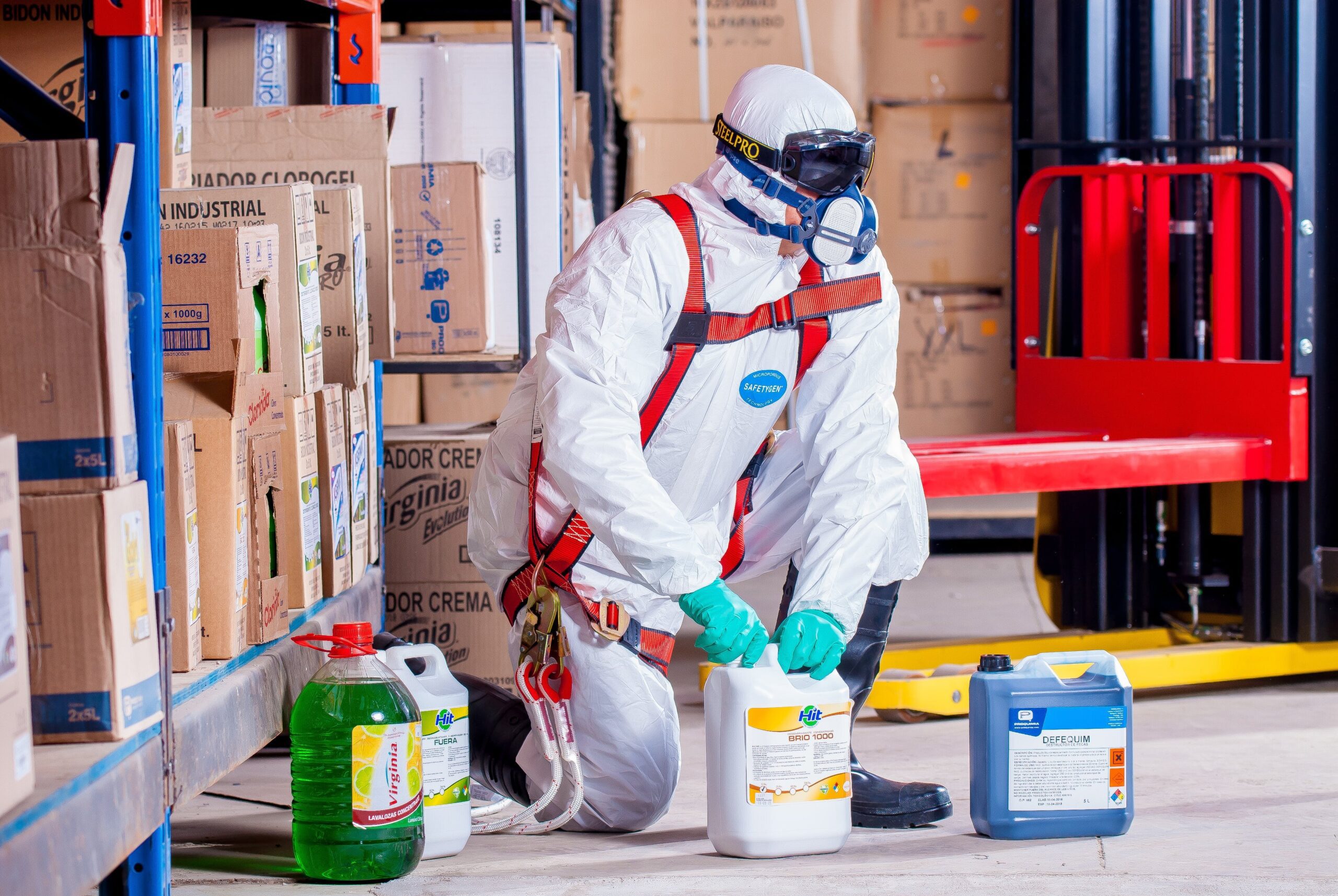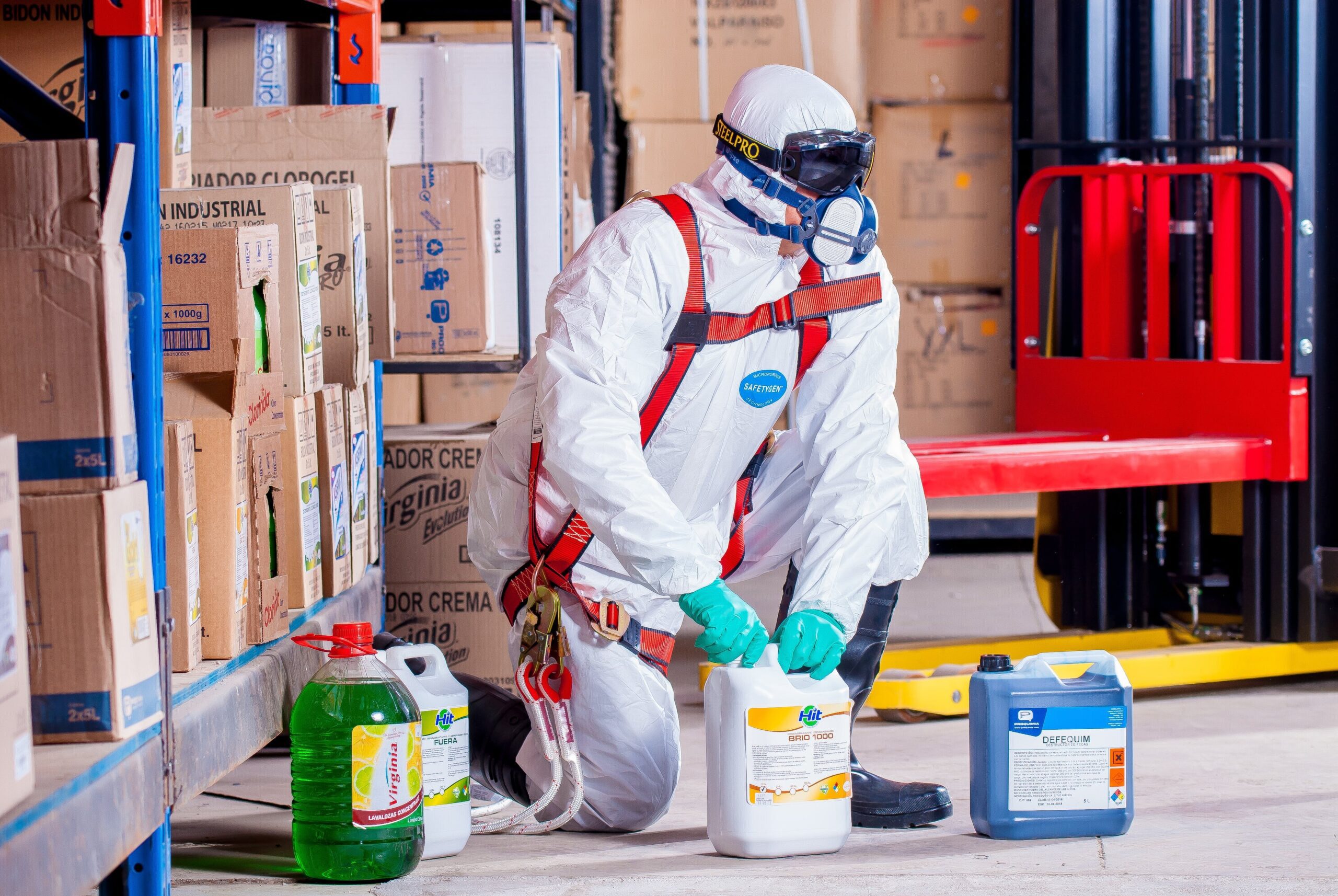In the ever-fluctuating landscape of regions with changing groundwater levels, the safety concerns surrounding well water have become a pivotal topic of discussion. As the ground shifts beneath our feet, so does the potential for contamination, leaving us to ponder the implications for our health and well-being. It is essential to acquaint ourselves with these concerns, understand their impact, and explore the measures we can take to ensure the safety of our well water.

Effects of Changing Groundwater Levels on Well Water
Changing groundwater levels can have significant effects on the quality and availability of well water. These effects can impact both the quantity and safety of water, posing challenges for individuals and communities that rely on wells for their water supply. Two key concerns related to changing groundwater levels are decreased water availability and increased risk of contamination.
Decreased Water Availability
One of the primary effects of changing groundwater levels is a decrease in water availability. As groundwater levels drop, wells may begin to dry up, leading to a reduction in the amount of water that can be drawn from them. This drying of wells can pose a serious problem, particularly for shallow wells that are more susceptible to fluctuations in groundwater levels.
In addition to wells going dry, changing groundwater levels can also result in reduced water flow. As the water table lowers, deep wells that rely on the surrounding groundwater for a steady supply may experience a decrease in water flow. This reduction in water flow can further exacerbate the issue of decreased water availability, making it more challenging for individuals and communities to access a reliable source of water.

Drying of Wells
The drying of wells is a direct consequence of changing groundwater levels, particularly in regions where water resources are already under stress. Shallow wells are especially vulnerable to going dry as the groundwater levels drop. These wells, which are often relied upon by individuals in rural areas, may no longer be able to provide water for domestic use, agricultural needs, or livestock. This can have a severe impact on the livelihoods and well-being of those who depend on these wells for their daily water requirements.
However, it is not just shallow wells that are affected by the lowering of the water table. Deep wells, which tap into groundwater sources at greater depths, can also experience the effects of changing groundwater levels. As the water table is lowered, the amount of water available for extraction diminishes, potentially leading to decreased well yield and ultimately affecting the overall water supply.
Reduced Water Flow
Changing groundwater levels can result in reduced water flow from wells. This reduction in water flow can manifest in various ways, including decreased well yield and intermittent water supply.
Decreased well yield occurs when the amount of water that can be withdrawn from a well decreases due to the decline in groundwater levels. This can significantly impact individuals and communities that rely on wells for household water needs, as well as for irrigation and other agricultural purposes. The decreased well yield can limit the amount of water available, leading to potential water shortages and the need for conservation measures.
Intermittent water supply is another consequence of reduced water flow. As the water table drops, the flow of water from the well may become sporadic, with periods of low or no water output. This can be highly inconvenient and disruptive, particularly when water is needed for daily activities such as cooking, bathing, and cleaning. Furthermore, intermittent water supply can hamper agricultural practices and contribute to challenges in maintaining hygiene and sanitation.

Increased Risk of Contamination
Alongside decreased water availability, changing groundwater levels can also increase the risk of well water contamination. When groundwater levels change, it can lead to the introduction of pollutants and saltwater intrusion, both of which can have detrimental effects on the safety and quality of well water.
The introduction of pollutants is a significant concern when groundwater levels fluctuate. As the water table lowers, contaminants present in the soil can leach into the groundwater, thereby entering wells and potentially contaminating the water supply. This can include various pollutants, such as industrial chemicals, fertilizers, and pesticides. The leaching of contaminants can be particularly pronounced in regions with intensive agricultural practices or industrial activities. Inadequate dilution of pollutants due to decreased water flow can further contribute to the concentration of contaminants in the well water.
Saltwater intrusion is another consequence of changing groundwater levels that poses a risk to well water quality. In coastal regions, as the water table drops, there is an increased potential for the infiltration of seawater into wells. The intrusion of saltwater can result in elevated salinity levels in the well water, rendering it unsuitable for consumption and other purposes. High salinity not only affects the taste and palatability of the water but can also have negative impacts on agricultural irrigation, as well as the functioning of water-dependent industrial processes.
Health Concerns Associated with Well Water Contamination
The contamination of well water can give rise to several health concerns, primarily related to microbial and chemical contamination.
Microbial contamination is a significant risk when well water becomes contaminated. Bacterial contamination, typically from fecal matter and other sources of human or animal waste, can lead to waterborne diseases such as diarrhea, cholera, and typhoid. Viral contamination, including viruses such as norovirus and hepatitis A, can also be transmitted through contaminated well water, resulting in respiratory and gastrointestinal illnesses.
Chemical contamination is another health concern associated with well water contamination. Pesticides and herbicides used in agricultural practices can find their way into groundwater sources, leading to potential exposure through contaminated well water. Heavy metals, such as arsenic, lead, and mercury, can also contaminate well water, particularly in areas with natural deposits or industrial activities. Prolonged exposure to these chemicals can have adverse effects on human health, including neurological, developmental, and carcinogenic effects.
In conclusion, changing groundwater levels can have significant effects on well water, impacting both its availability and safety. Decreased water availability can lead to drying of wells and reduced water flow, while the increased risk of contamination can result in the introduction of pollutants and saltwater intrusion. These effects can pose various health concerns, including microbial and chemical contamination. It is crucial for individuals and communities to be aware of these potential risks and take necessary measures to protect their well water sources, such as regular testing, proper well maintenance, and appropriate water treatment methods. By doing so, the safety and quality of well water can be safeguarded even in regions with changing groundwater levels.

